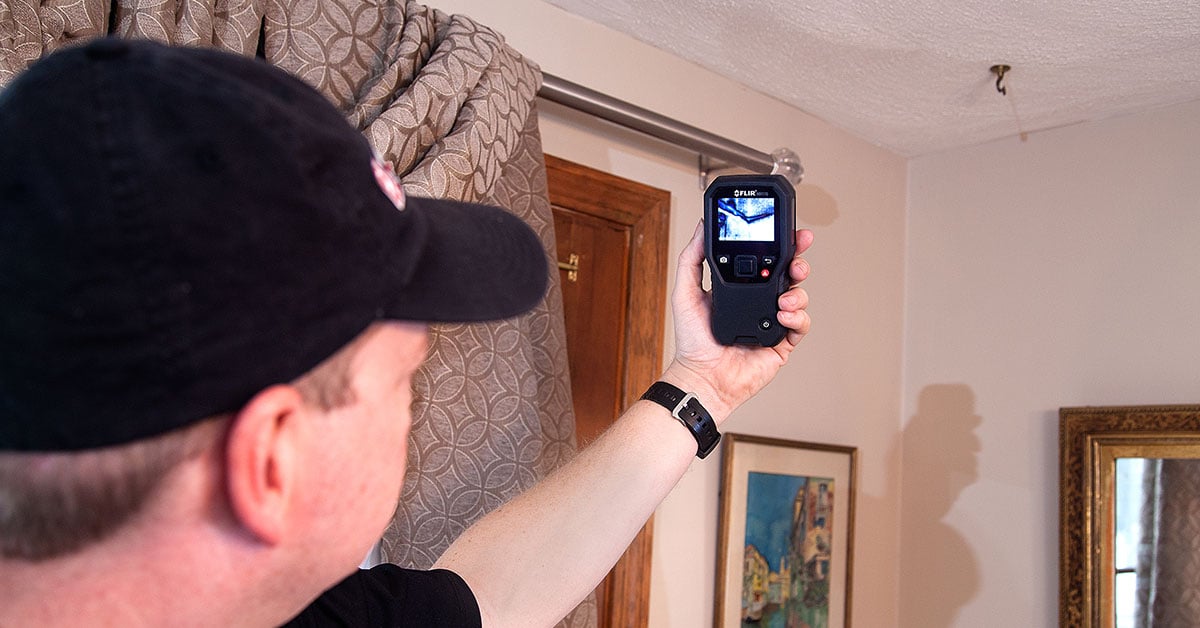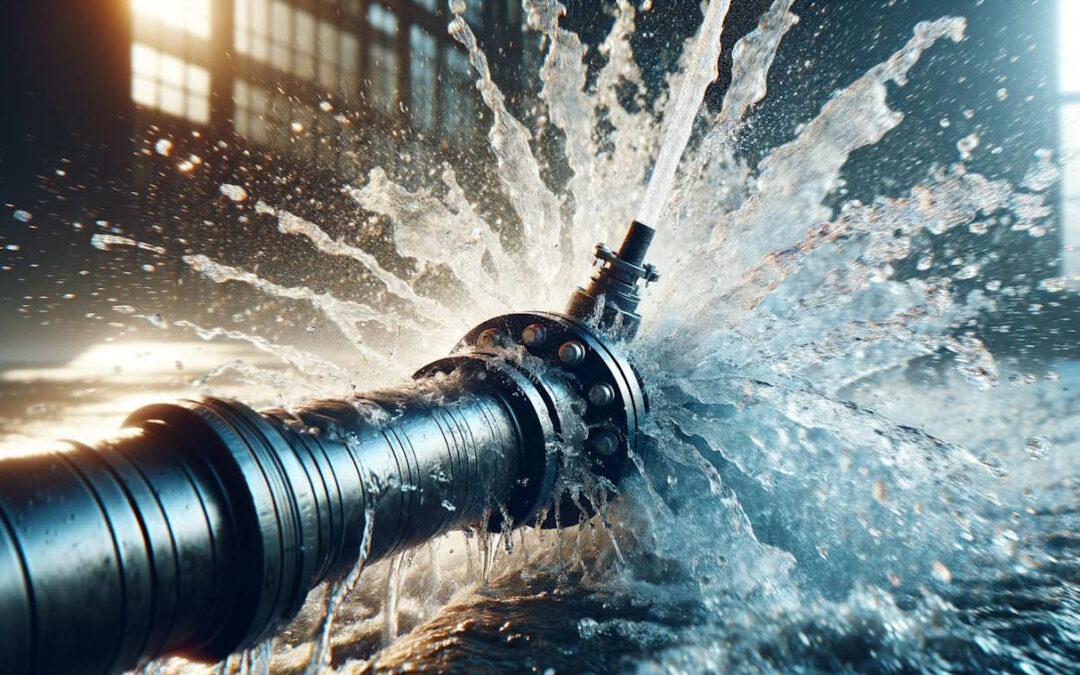Cutting-edge Solutions for Very Early Detection of Water Leaks in Structures and Framework
From sophisticated leakage discovery innovations to the release of IoT sensing units for real-time tracking, the landscape of leak avoidance is progressing quickly. Automated water circulation analysis systems are improving exactly how leakages are identified and dealt with, paving the means for an aggressive method to water leak discovery.
Advanced Leak Discovery Technologies
Advanced leak detection modern technologies, furnished with advanced sensing units and formulas, play an important role in promptly recognizing and pinpointing water leaks in numerous settings. These technologies use a mix of acoustic, thermal, and electromagnetic noticing techniques to find leaks precisely. Acoustic sensing units spot the audio of getting away water, allowing for specific localization of the leak source. Thermal imaging identifies temperature level adjustments brought on by water leak, giving an additional reliable technique for leakage recognition. Electro-magnetic sensors can recognize modifications in electromagnetic areas triggered by water, offering yet an additional layer of leak detection capacity.

IoT Sensors for Real-Time Surveillance
In the world of modern water leak detection, the integration of IoT sensing units for real-time surveillance stands for a pivotal development in enhancing proactive leak discovery capacities. These sensors supply constant monitoring of water supply, offering real-time information on water flow rates, stress variants, and temperature level modifications. By leveraging IoT technology, these sensing units can spot also the tiniest anomalies in water usage patterns, making it possible for very early identification of prospective leakages prior to they intensify right into significant issues.
IoT sensors send information to a central system, where sophisticated formulas evaluate the information and generate alerts or notifications when abnormalities are spotted. This real-time tracking ability allows building proprietors or center managers to promptly resolve leaks, minimizing water damage, decreasing fixing costs, and conserving water resources.
Moreover, IoT sensing units can be integrated with building administration systems, enabling automated actions to identified leakages, such as turning off water shutoffs or triggering pumps to minimize the influence of leakages. In general, the execution of IoT sensors for real-time surveillance dramatically enhances the performance and effectiveness of water leak detection in structures and framework.
Maker Understanding Algorithms for Leakage Forecast

One secret advantage of making use of artificial intelligence for leakage prediction is its capability to continuously find out and enhance its accuracy in time. As more information is collected and fed into the formula, it can fine-tune its predictions and adapt to altering conditions, ultimately raising the reliability of leakage detection systems.
Furthermore, artificial intelligence algorithms can assist in identifying refined signs of leakages that may go undetected by typical tracking techniques. water leak detection. By evaluating complicated data embed in real-time, these algorithms can provide early cautions and informs, enabling timely intervention and precautionary upkeep to minimize potential water damages and associated prices
Using Thermal Imaging for Leakage Detection
Thermal imaging technology offers an encouraging method for finding water leakages in various systems and frameworks. By utilizing infrared radiation and temperature level variances, thermal imaging cams can determine concealed leakages that are not easily visible to the naked eye.
Among the visit their website vital advantages of thermal imaging for leakage discovery is its non-intrusive nature. Unlike traditional methods that might call for breaking into walls or floors to situate leakages, thermal imaging permits non-destructive testing. This not only saves time and lowers prices but likewise reduces disruption to the building or infrastructure being examined. Additionally, thermal imaging can promptly scan big areas, supplying an extensive introduction of prospective leak sources in a prompt way. On the whole, using thermal imaging modern technology boosts the efficiency and accuracy of water leakage detection, making it a valuable tool for keeping the honesty of buildings and infrastructures.
Automated Water Flow Evaluation Equipments
How can computerized water circulation analysis systems transform the discovery and administration of leakages in numerous systems and infrastructures? Automated water circulation evaluation systems provide an aggressive technique to leak detection by constantly monitoring water circulation prices and patterns. By establishing baseline data, these systems can rapidly identify inconsistencies that might indicate a leak, enabling timely treatment to stop extensive damages.
These systems make use of advanced algorithms to evaluate real-time information and provide prompt notifies when abnormalities are found, enabling for quick activity to be taken. Additionally, automated water circulation analysis systems can be integrated with structure management systems or IoT platforms, enhancing overall performance and making it possible for remote tracking capabilities.
Additionally, the data gathered by these systems can be made use of for predictive maintenance objectives, aiding to determine potential weak factors in the infrastructure before leaks happen. Generally, the execution of computerized water circulation evaluation systems can substantially boost leak detection and monitoring practices, inevitably bring about cost financial savings, reduced water wastefulness, and enhanced sustainability in description structures and infrastructure.

Conclusion
In verdict, the assimilation of innovative leakage discovery innovations, IoT sensors, maker understanding formulas, thermal imaging, and computerized water circulation analysis systems uses ingenious options for early discovery of water leakages in buildings and infrastructure. These technologies allow real-time surveillance, forecast of leaks, and effective detection techniques to prevent water damages and wastage. Applying these services can assist in preserving the stability and sustainability of sites water supply in numerous setups.